Intimate Photos Challenge What It Means to Be Born a Boy or Girl
【2014.05.29 PolicyMic IDENTITIES By Lauren Davidson / Image Credit (all): Chloe Aftel】
November, 18-year-old Sasha Fleischman was set on fire by a teenager after falling asleep during the bus ride home. The assault resulted in third-degree burns and several surgeries. Sasha’s “crime”? Presenting as a boy while dressing in traditionally feminine clothing.
Born Luke Fleischman, the teen wore a skirt for the first time to school sophomore year. Soon after, Fleischman started questioning the binary definitions of gender, and has since identified as agender, preferring to use the pronouns “they” and “them.”
Fleischman’s story made national headlines and led to a broader conversation about gender-identity issues. Now the teen, who expressed hope that their 16-year-old attacker would not be prosecuted as an adult, was also featured in a photo project by LA-based photographer Chloe Aftel.
Hoping to raise awareness of this diverse and often-overlooked community, San Francisco magazine published Aftel’s photos in an attempt to shed light on what it means to be a gender-fluid young person in the wake of Fleischman’s attack.
“San Francisco magazine asked me to shoot a portrait of this evolving culture living outside or in between the gender binary, refusing to define themselves as strictly male or female,” Aftel told PolicyMic.
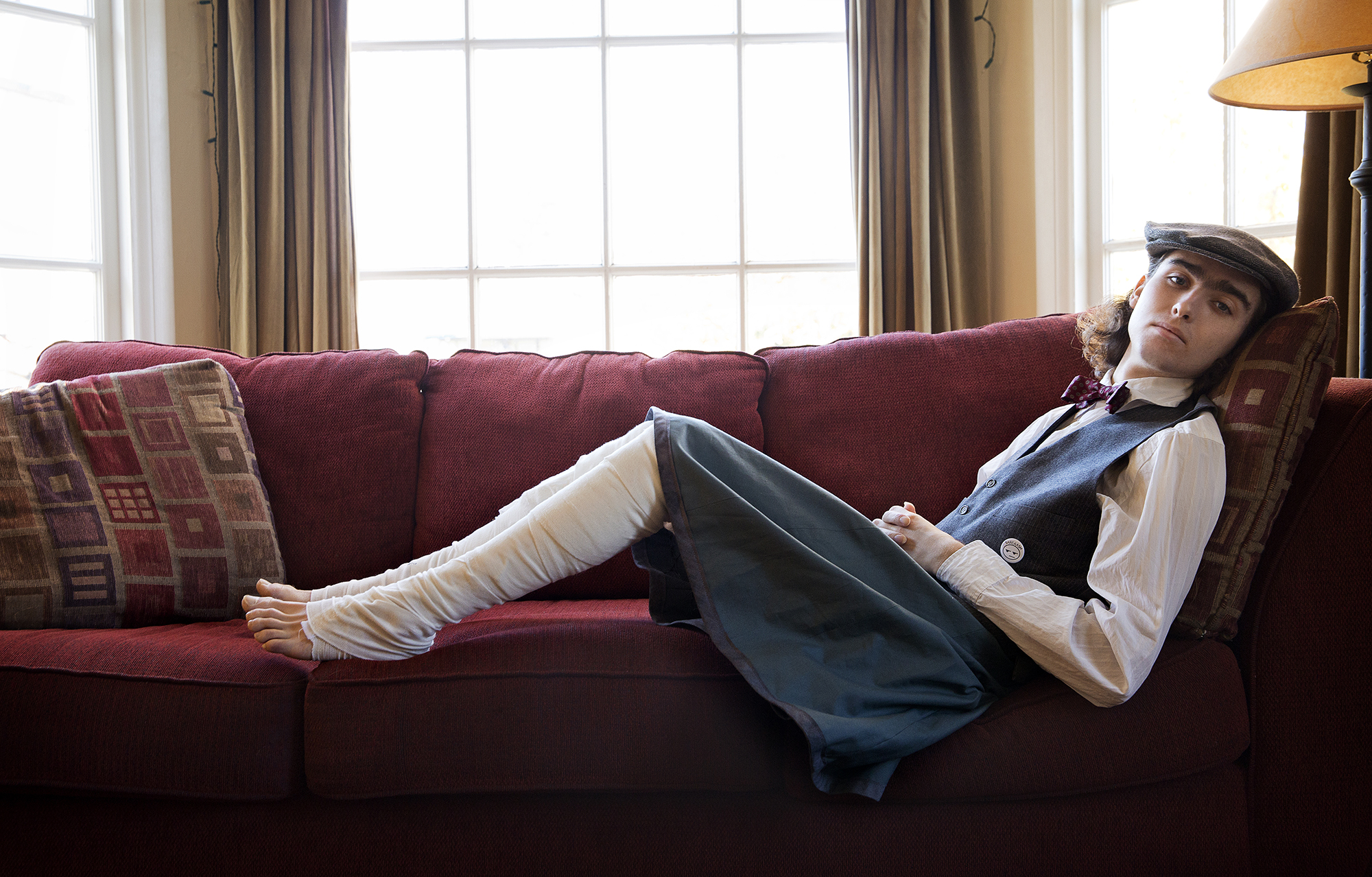
Sasha

Ammo
Comprised mostly of young people, the San Franciscans in the series use umbrella terms like “genderqueer” and “nonbinary,” Rachele Kanigel explained in San Francisco magazine’s story accompanying the photo series. “This growing community encompasses people who see themselves as agender (neither male nor female), bi-gender (both genders) and gender-fluid (shifting from male to female).”
But the agender community shares more than just an affinity for plural pronouns. According to the National Transgender Discrimination Survey, the most extensive study of its kind, 78% of gender non-conforming people face harassment at school, 90% suffer mistreatment at work and 53% experience being verbally disrespected in a public place.
“Transgender and gender non-conforming people face injustice at every turn: in childhood homes, in school systems that promise to shelter and educate, in harsh and exclusionary workplaces, at the grocery store, the hotel front desk, in doctors’ offices and emergency rooms, before judges and at the hands of landlords, police officers, health care workers and other service providers,” the report says.

Edie
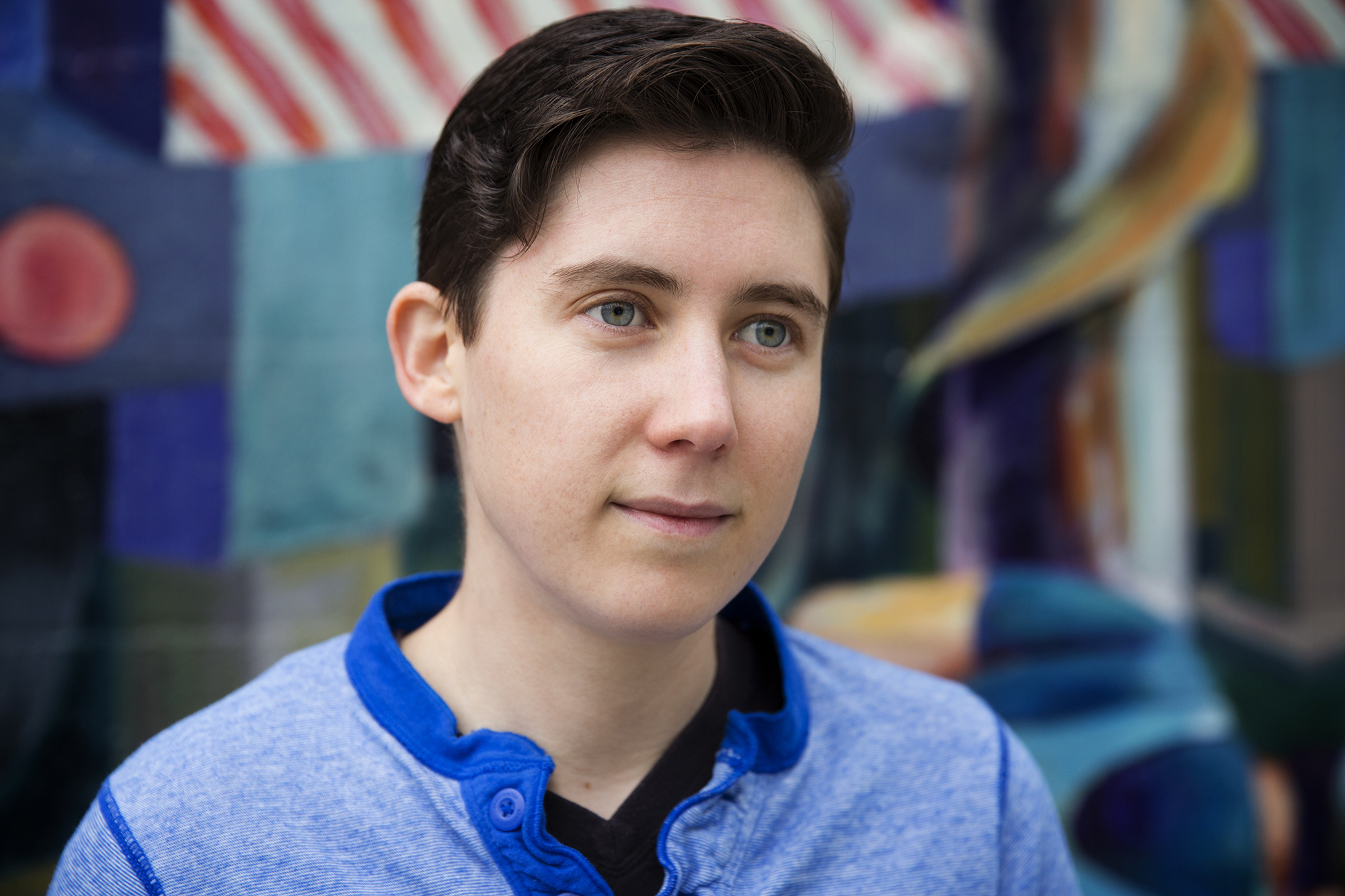
Micah
Micah, who identifies as neutrois (or genderless), was also profiled in the photo series. “I’m not a femme boy or a butch girl — I am too butch to be femme, too femme to be butch,” Micah explained in a blog post. “It’s not embracing both sides, or one side; it’s embracing neither. It’s not an absence of gender, and it’s not not-caring about my gender. Quite the contrary — I care very strongly about my gender, my gender expression, and my gender perception. I have a gender, and it’s a neutral gender.”
By documenting these expressions of gender in her intimate photo project, Aftel explores what it feels and looks like to push the boundaries of binary. Her photos, often taken in meaningful, personal settings, are a rejection of the idea that genderqueer people are gender-confused.
“They have a real strength of character and complete clarity about who they are,” Aftel told Vocativ. “I found it fascinating that there is this whole group of people galvanizing the debate about what gender is, and to a certain extent, what love is and what self-expression is. It’s about what works for you.”
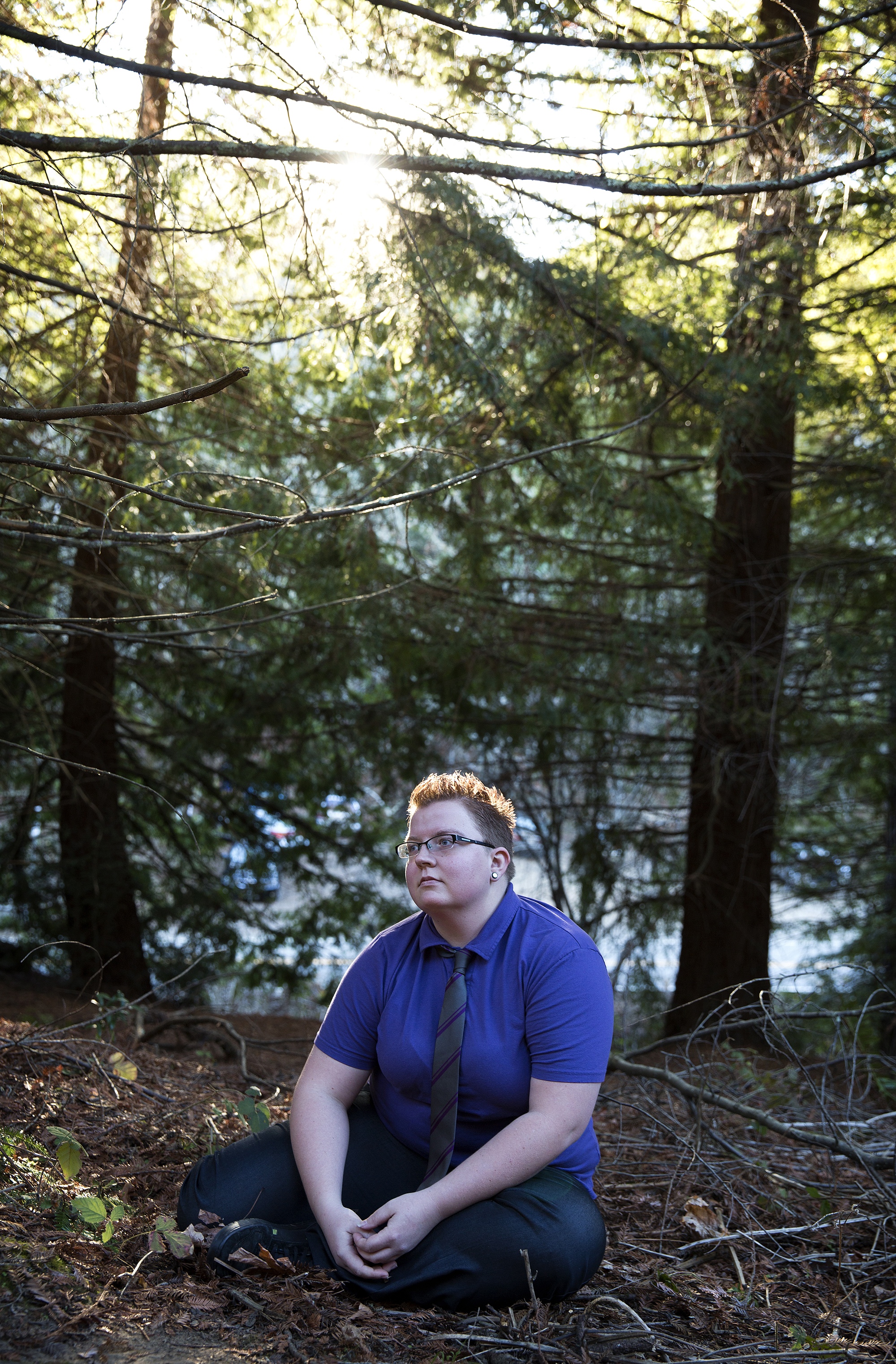
Finley

Emma
“I classify myself as nonbinary,” Finley Terhune, a 24-year-old graduate student, told San Francisco magazine. “To me that means not male and not female, but not having no gender either.” Terhune, who prefers the gender-neutral pronouns “en,” “ens,” and “enself,” “wasn’t as open at first, but gradually, that became more and more uncomfortable.”
The idea was that while coming out is difficult, it ultimately raises awareness of a complicated and relatively unknown identity shared by many of the series’ subjects.
“I think a lot of people like to see gender as this scale of blue and pink,” Emma, a 20-year-old college student, told the magazine. “I never really identified with either side of that, or even in between blue and pink. It’s so much more complicated — my identity varies so much on any given day. Sometimes I tell people I’m gold or something.”
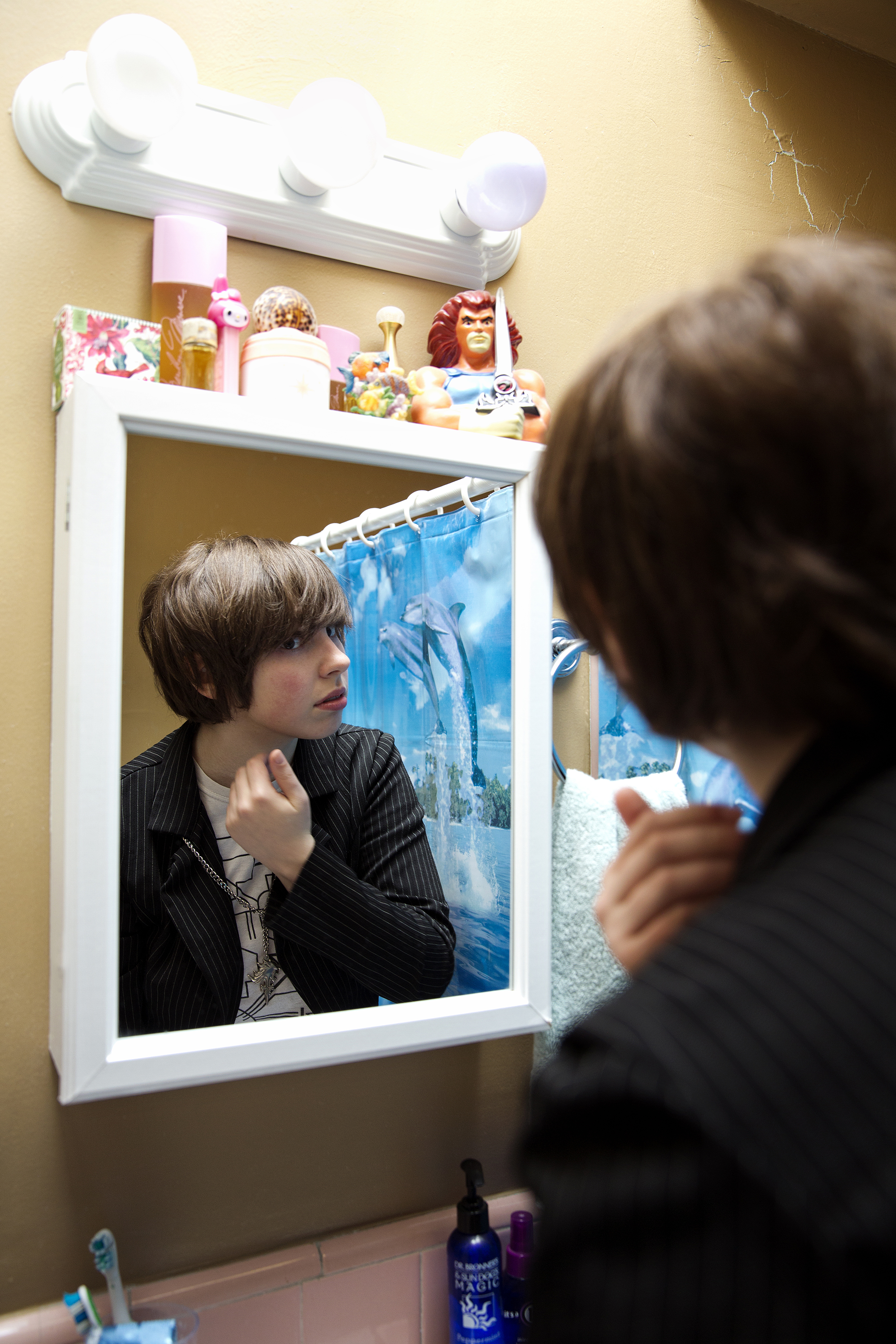
Marilyn
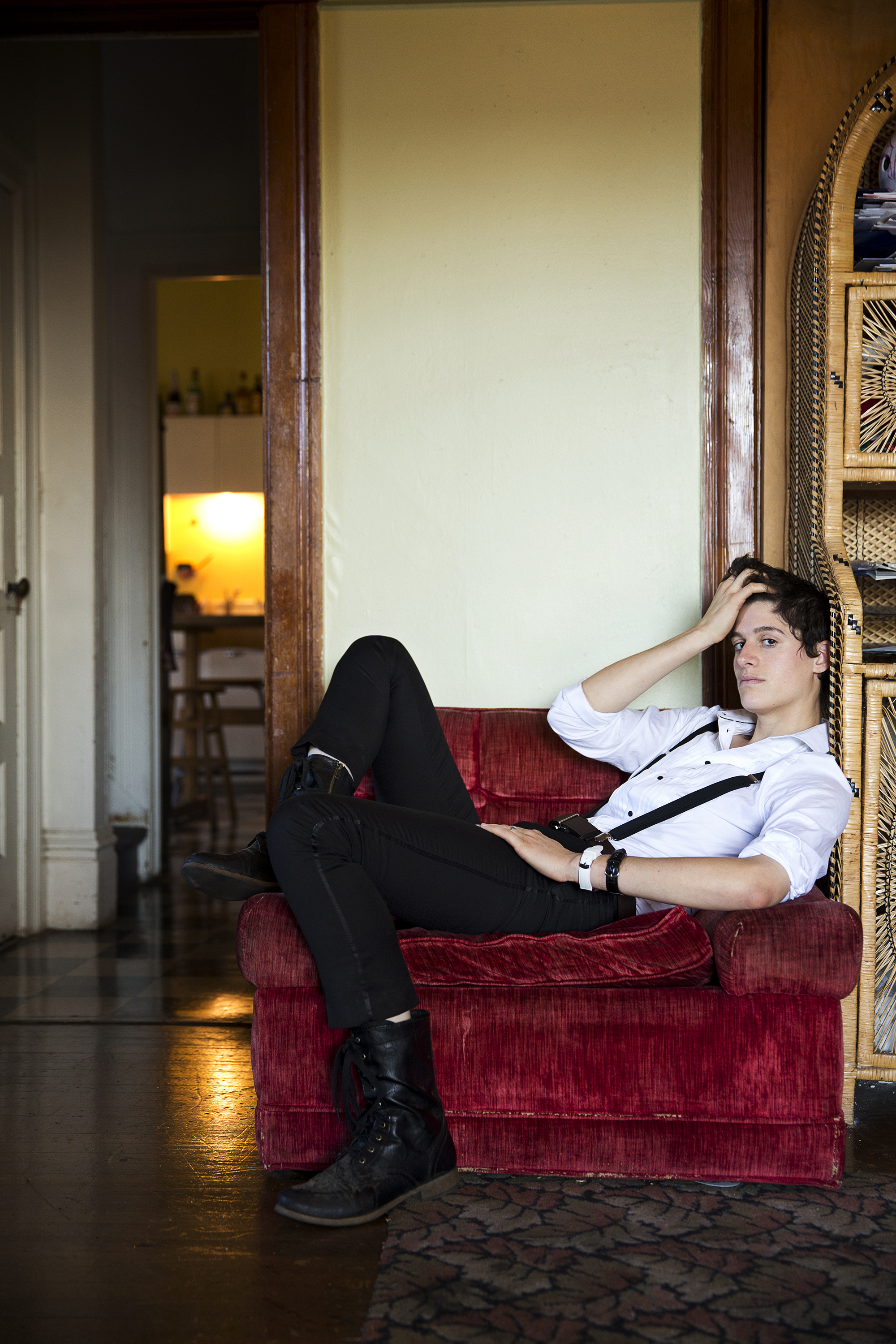
Rain
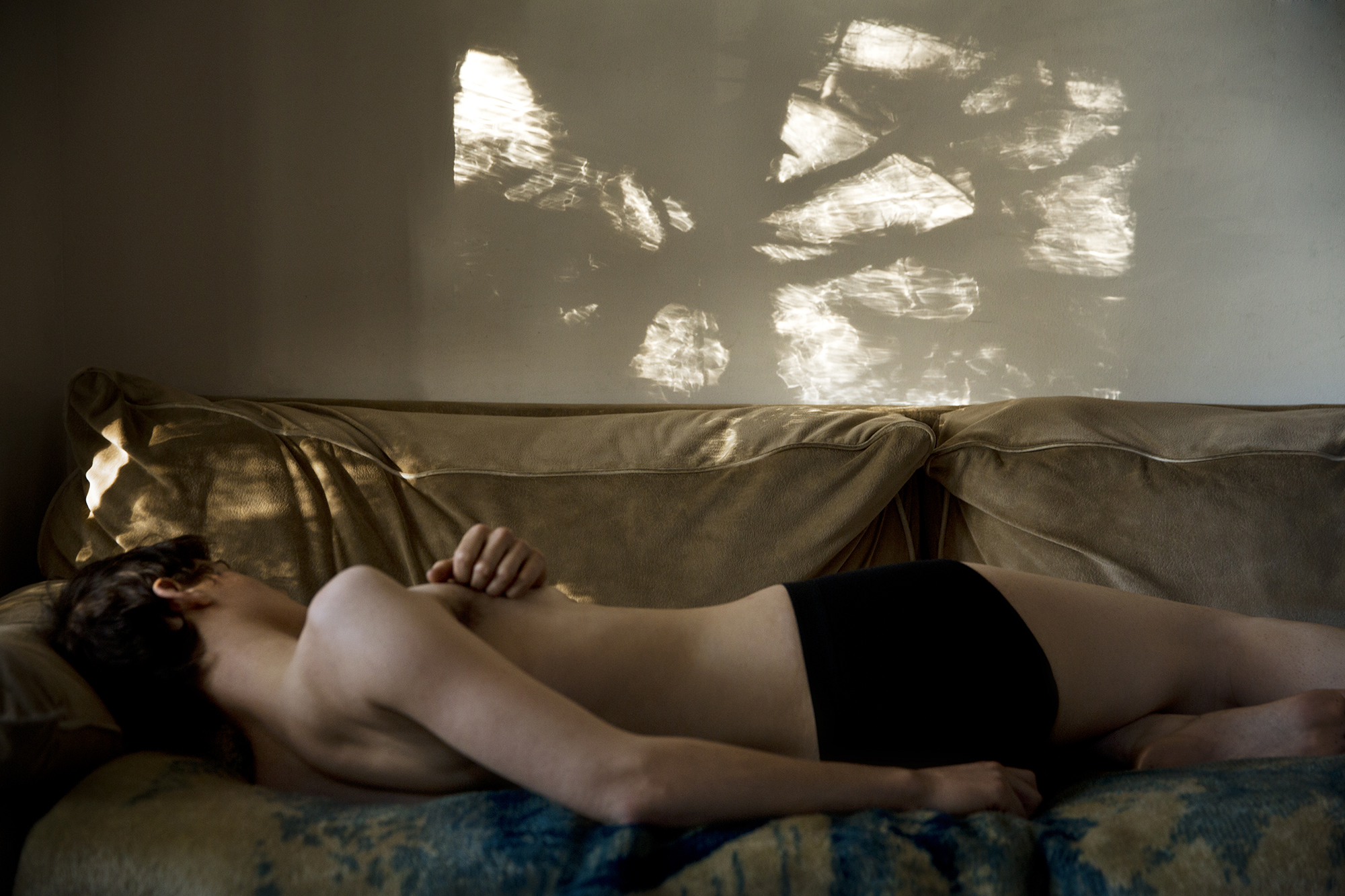
Rain
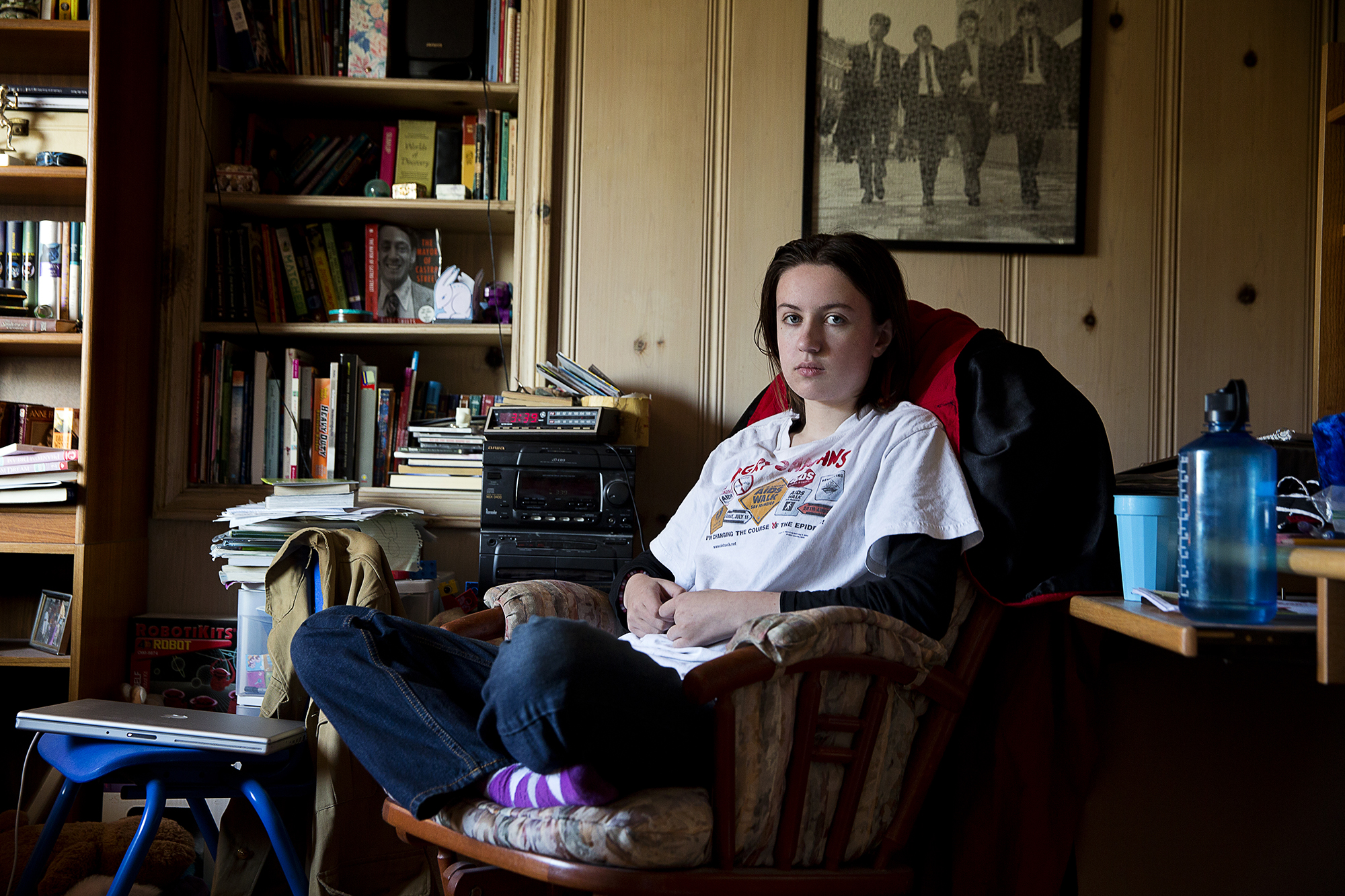
Sarah